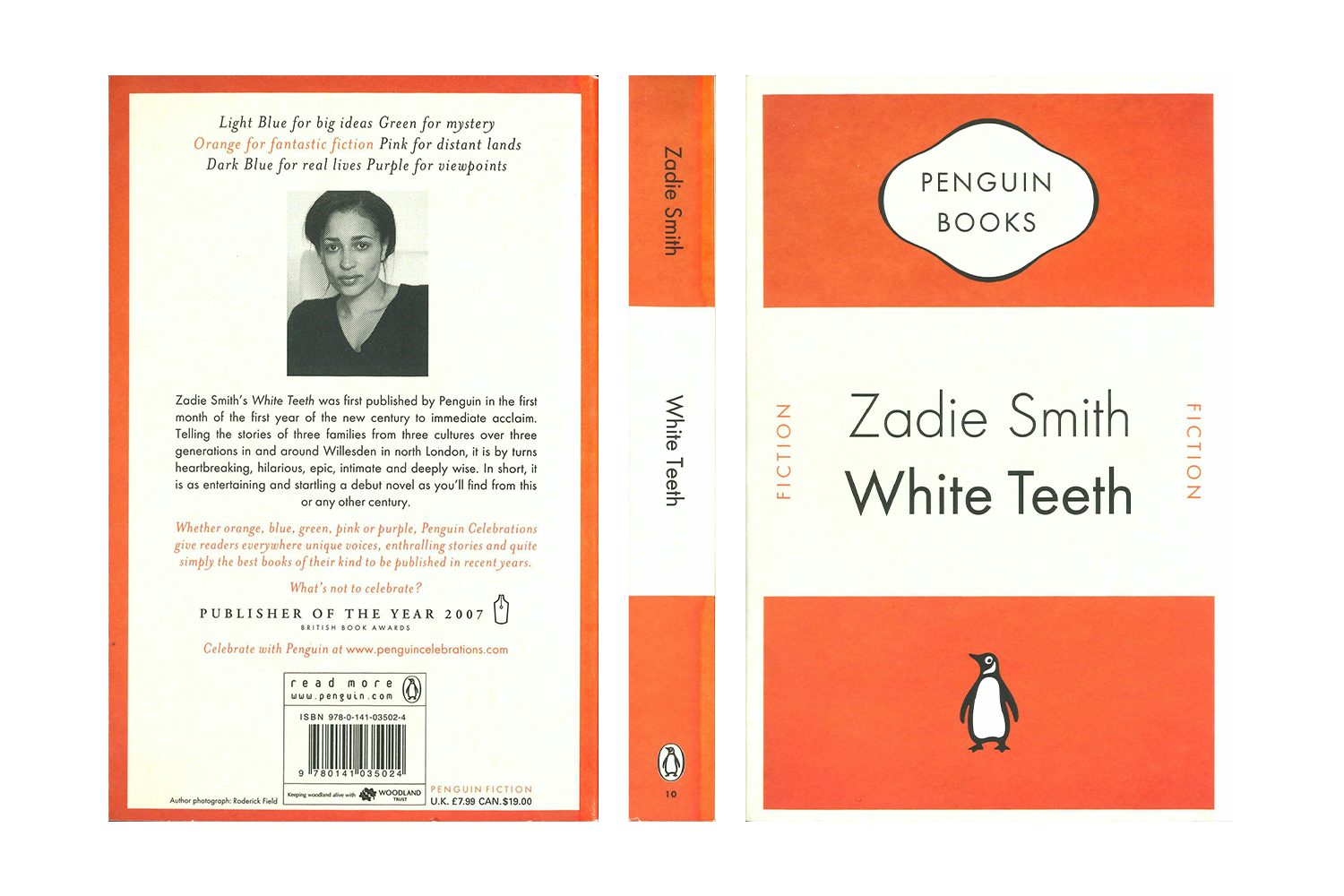Penguin launches new Cover Design Award brief: Find out how to enter
Aimed at aspiring designers and illustrators with less than a year’s industry experience, the brief pays homage to the publisher’s founding design principles
To celebrate 90 years of Penguin, the publisher’s annual Cover Design Award has launched a special one-off brief aimed at aspiring UK designers and illustrators, in partnership with Creative Review’s Annual Awards. The award-winning work will feature in the Annual Awards issue of Creative Review’s magazine in May 2025.
The brief is to create a new design system for the publisher’s paperback books, encapsulating the spirit of Penguin’s three founding design principles – bold, distinctive and mass-market – and accommodating the breadth and diversity of contemporary publishing. The competition is open to anyone aged over 18, including students and those with less than one year’s experience in paid creative roles, whether in-house or freelance.
Once they have developed their design system, entrants need to show it being deployed consistently across any three of the following book covers:
- A Farewell to Arms by Ernest Hemingway
- The Mysterious Affair at Styles by Agatha Christie
- Lady Chatterley’s Lover by DH Lawrence
- Midnight’s Children by Salman Rushdie
- Beloved by Toni Morrison
- Rachel’s Holiday by Marian Keyes
- Killing Floor by Lee Child
- Fifty Shades of Grey by EL James
- Sapiens by Yuval Noah Harari
- Tomorrow, and Tomorrow, and Tomorrow by Gabrielle Zevin
Rather than designing three book covers with individual styles, the aim is for entrants to show how their design system can be applied and replicated across multiple genres and time periods, in the same way Edward Young’s ‘tri-band’ system was used on Penguin’s original paperback editions starting in 1935 (see below). The deadline for submissions is 30th January.

Richard Bravery, art director at Penguin General, summarises the task as follows: “This year’s brief is a unique opportunity for entrants to consider our brand and publishing holistically rather than as a single title. This will test a range of design skills, stretching the entrants’ perspective of what a book can be. For nine decades Penguin has been a byword for innovation, and I’m excited to see entries as diverse as our own publishing.”
CELEBRATING FOUNDING PRINCIPLES
The Penguin Books Cover Design Award nurtures new design and illustration talent in the publishing industry through real cover design briefs, written by the publisher’s art directors. The award has been running for 19 years and has helped launch the careers of designers, illustrators and art directors such as Harry Woodgate, author and illustrator of Grandad’s Camper; Jack Smyth, Designer of the Year at the 2024 British Book Awards; Pete Adlington, Faber & Faber’s art director; and Fruzsina Czech, designer of the Noughts & Crosses series by Malorie Blackman.
This year’s competition brief pays homage to the influence of Penguin’s first ten paperback editions on the UK’s reading public, and to the approach of Young and Penguin founder Allen Lane, who combined commercial need with design ambition using three principles:
Bold: Penguin’s books pushed at the edges of graphic design, a discipline that was at the beginning of a dramatic ascent when Penguin’s first paperbacks were released in 1935. The format was unafraid of bucking the more traditional decorative and illustrative conventions of book design, but the approach was not without criticism.
Distinctive: packaging journal Shelf Appeal described Lane’s paperbacks in 1937 as having put the “selling in bookselling”. The bold, type-forward jackets with their colour-coded genre system stood out on the bookcase and were no doubt a contributor to Penguin selling 3 million books in its first year.
Mass-market: Penguin paperbacks were designed to be produced at scale, replicable and affordable for readers. Each paperback cost only sixpence – the same price as a pack of cigarettes in 1935. Rather than approaching the brief with a view to creating separate jackets for the first ten books, Young devised a flexible system in which everything from crime and general fiction to essays and biography could live. It was a system that would survive the paper and ink rationing of WWII, and whose echoes are still seen in some elements of publishing today.

Rebecca Sinclair, chief brand officer at Penguin Books, concludes: “Design has been fundamental to Penguin since the conception of the first ten Penguin paperbacks, with their distinctive – now iconic – design system and bold use of colour. That commitment to quality and innovative design has produced many of the world’s most renowned book jackets over the years, and will continue to do so in the future as we seek to connect our books with readers.
“[Penguin’s] 90th birthday is an important moment to celebrate our design heritage, and partnering with Creative Review is a wonderful opportunity to spotlight the next generation of readers. We’re excited to see what they come up with.”
Click here for full details of how to enter the Penguin Books Cover Design Award 2025 in partnership with Creative Review Annual Awards. Please note: this is a portfolio development opportunity, the work submitted will not be used in any published work.










